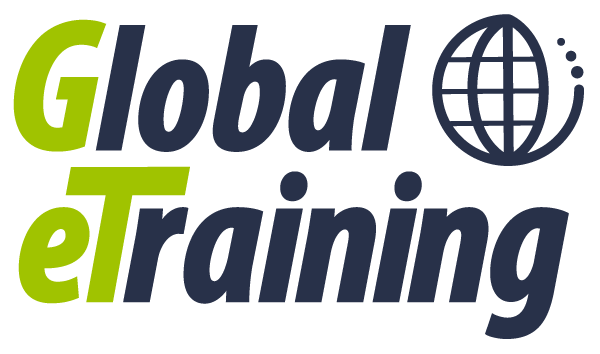It’s interesting to see the different ways Global eTraining (GeT) helps organizations reach their business goals, including using ‘The Generator’ to standardize training globally.
One of our recent clients started with a pilot group of 150 users to compare GeT’s solution to their previous model of in-class training (whether internal Subject Matter Experts (SMEs) or contracted consultants). They uncovered a clear need to measure the ROI of their training program and assess the future impact on their organization.
The results achieved with Global eTraining far exceeded the original goals set. Compared to the traditional model of in-classroom training, the new online, on-demand learning program achieved:
- Staff approval rating of 87% (goal: 75%)
- Employee retention increase of 67%
- Financial benefit of $175k (compared to in-class training)
With the concept proven, phases two and three of the program saw an international roll-out of Global eTraining across the organization’s nearly 100 global offices. Phase two’s objective was to explore creation of custom course development to standardize training following a merger and acquisition. Adding to the challenge, the HR department had previously downsized to only 3 team members who would be able to manage the delivery of this training.
Course content was created using ‘The Generator’ course authoring technology, providing familiarity and consistency with the other Global eTraining content provided. Training was required, and developed, to fulfill aforementioned needs to train staff on new policies and procedures. Work was done with internal SMEs to ensure that the content delivered was appropriate to the alignment of internal clients, and the organization’s business goals and day-to-day needs.
New custom content included courses on the organization’s Performance Development Plan & Review, timesheet training, standardized Curriculum Vitae (CV) training, quality management, field training guides and internal software process training. Phase three course development included quality management, safety, and IT departments creating online training programs, and of even more significance to the client, programs created for community outreach.
By automated their on-boarding processes, this 3-member HR department was able to meet the needs of the organization and deliver the training needed as project demands and headcount increased, while maintaining their training content in a consistent manner, globally.


